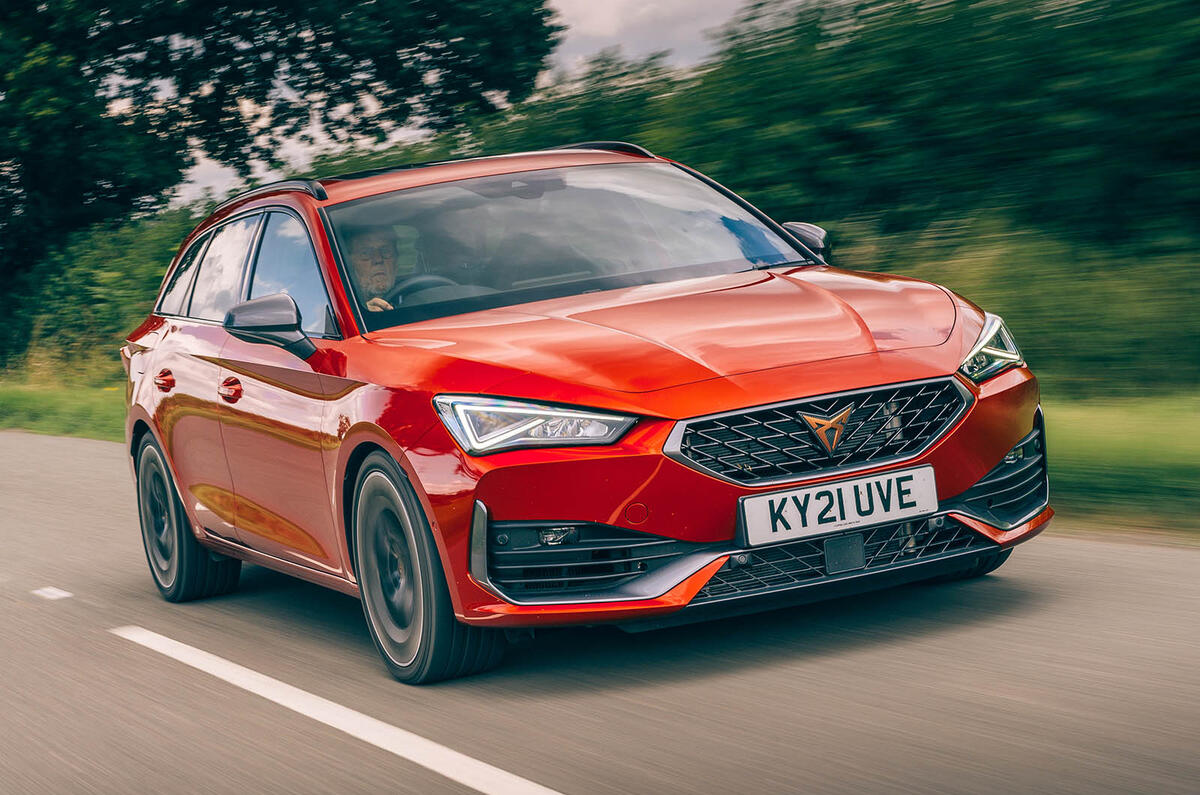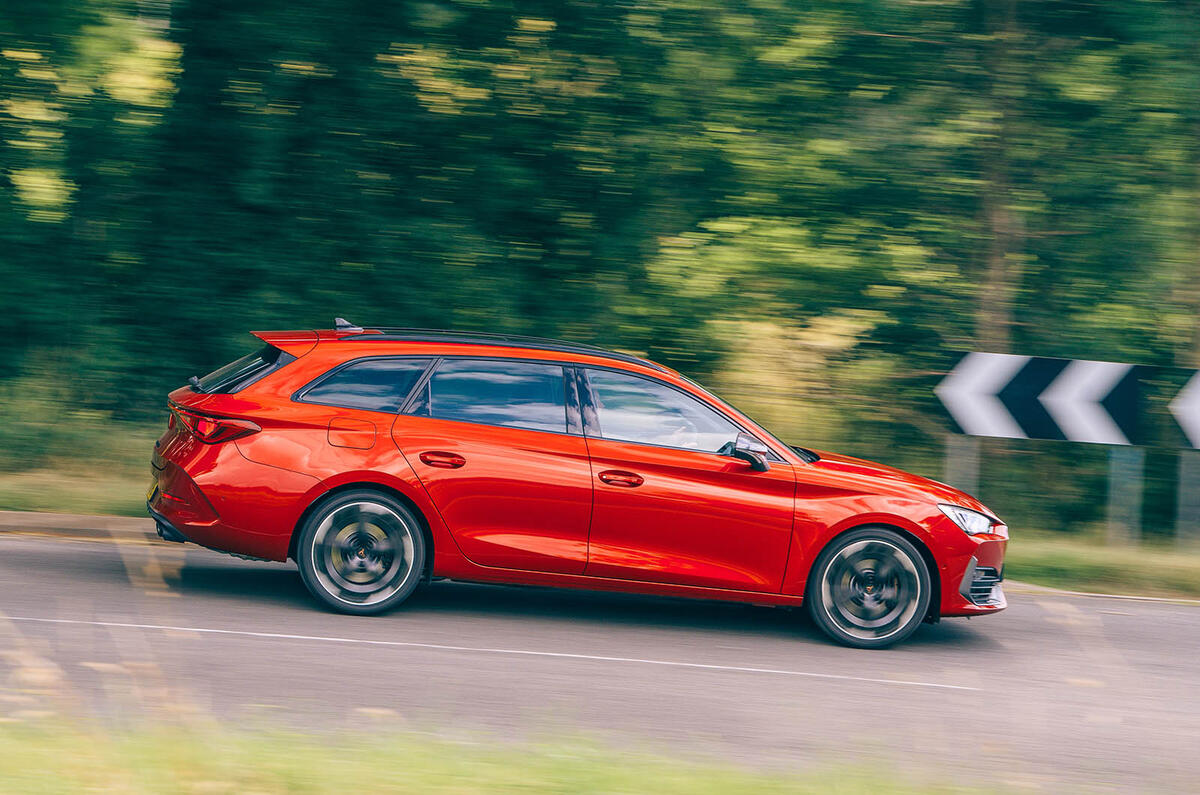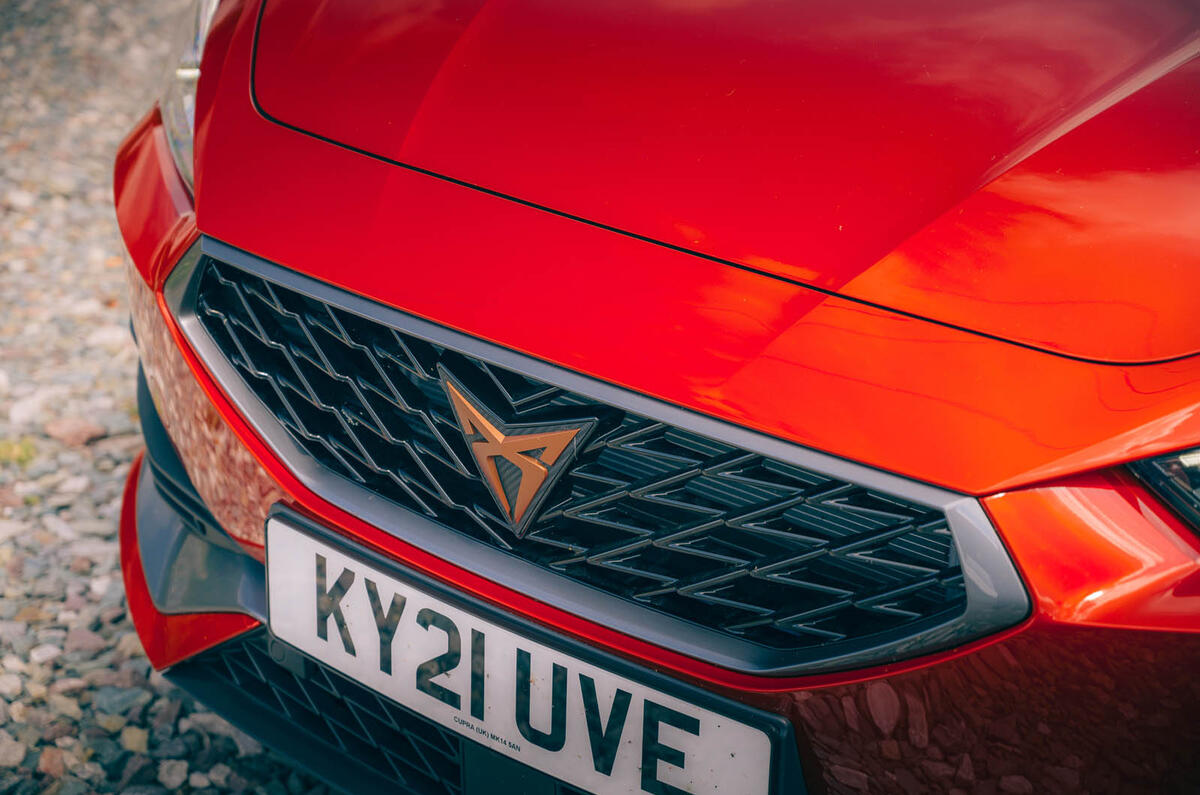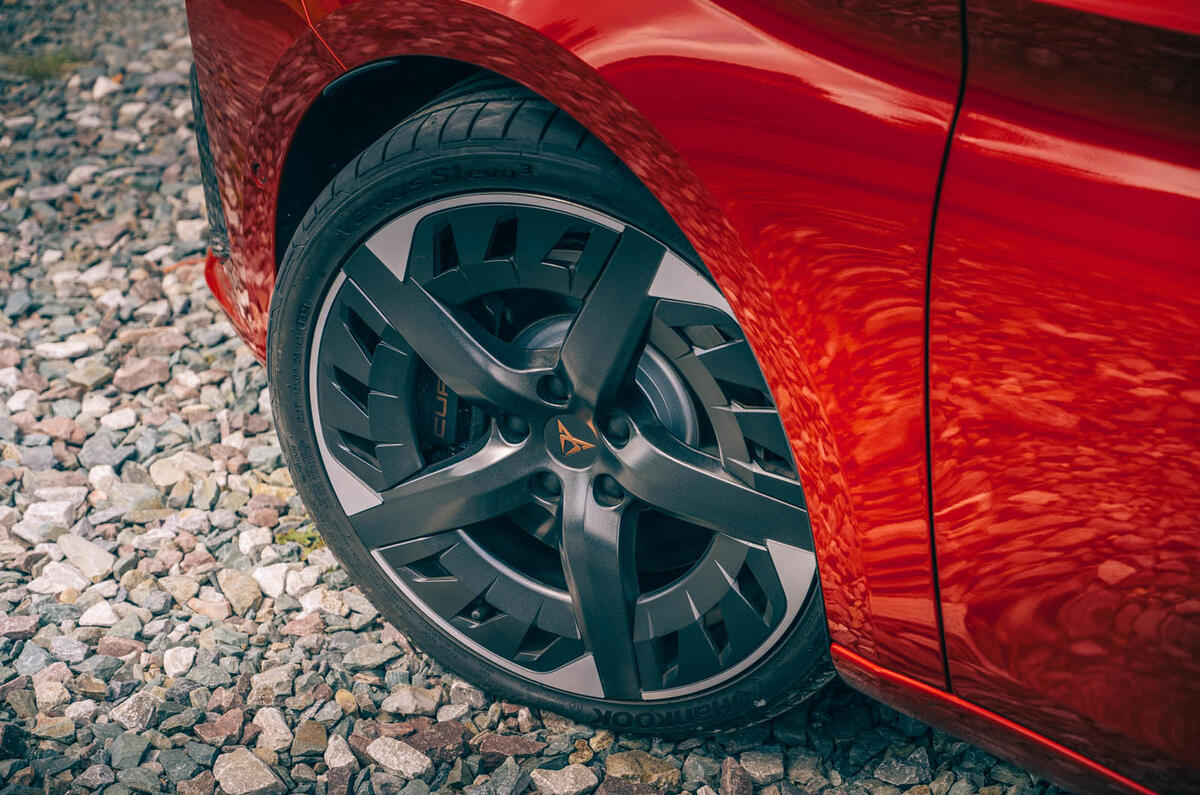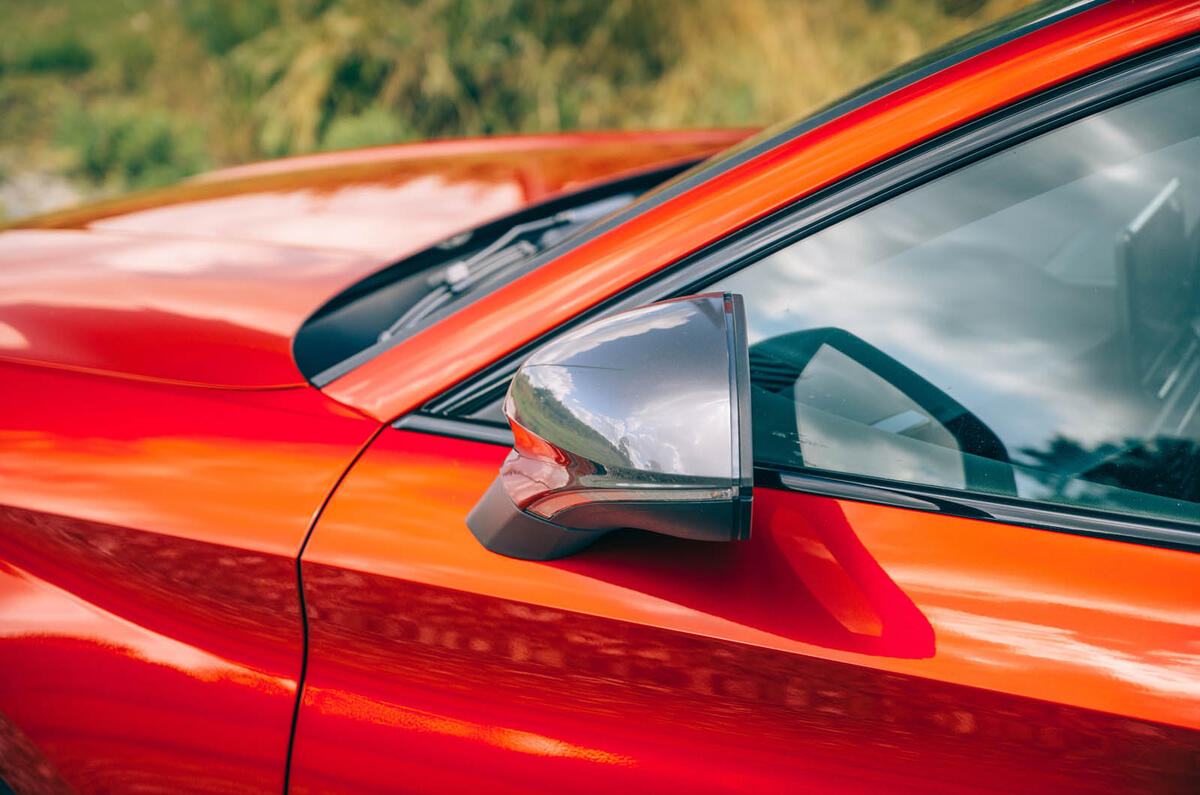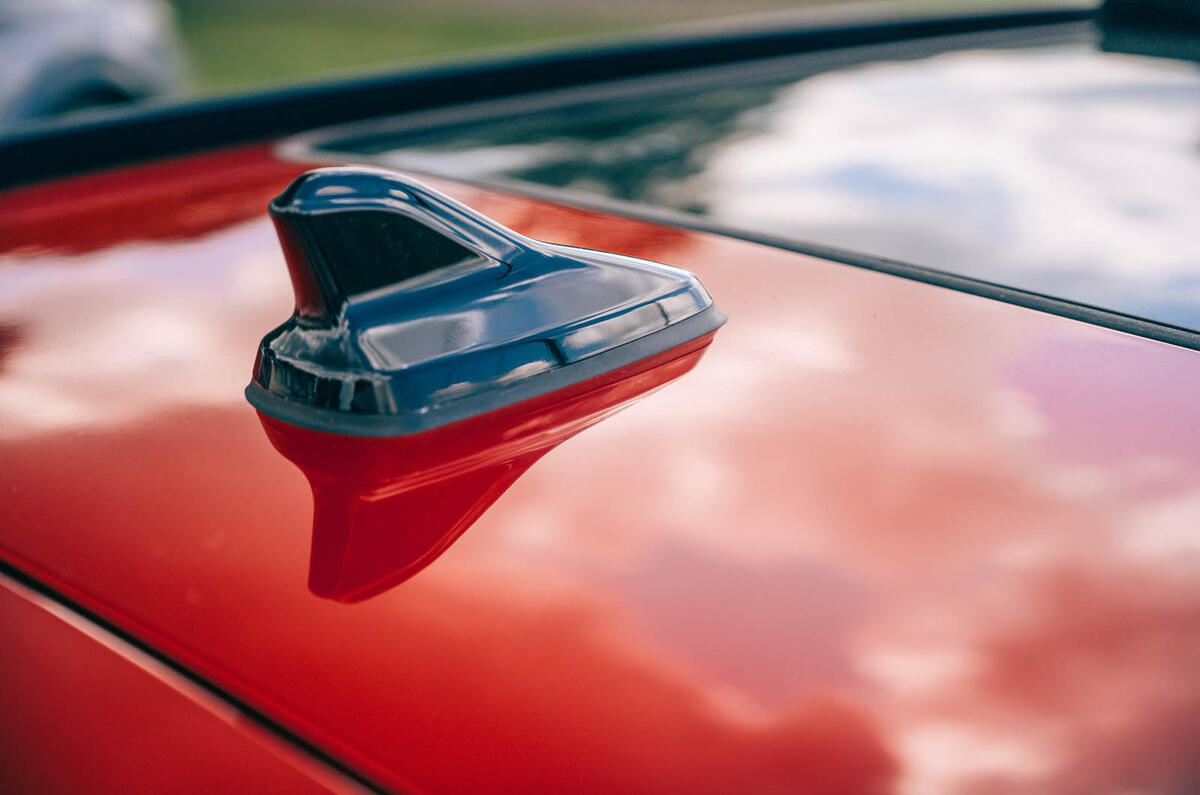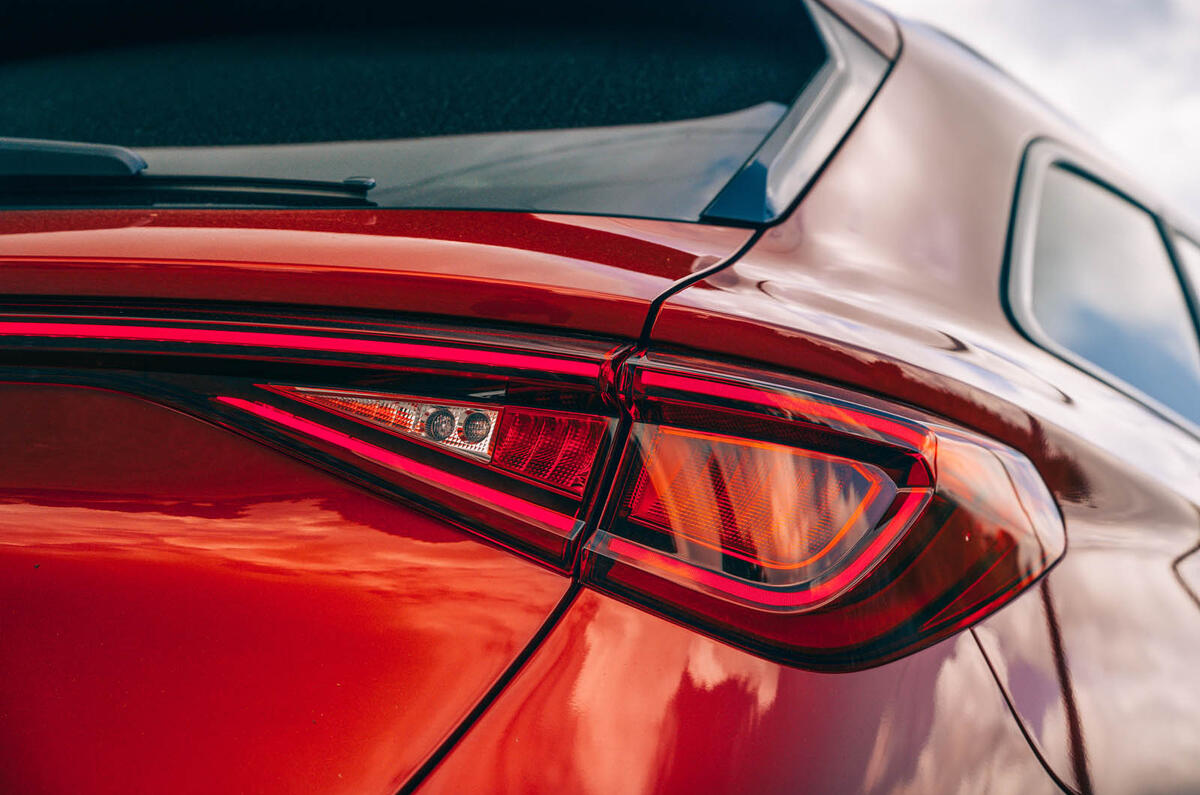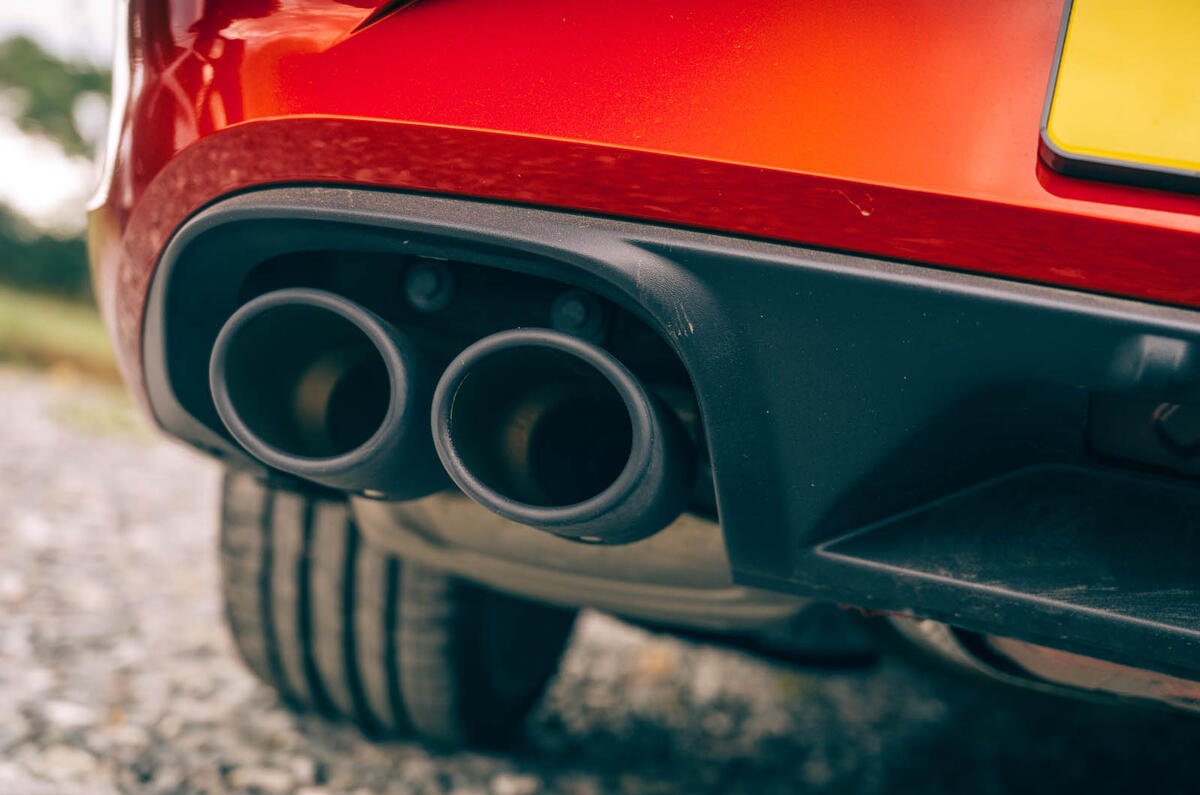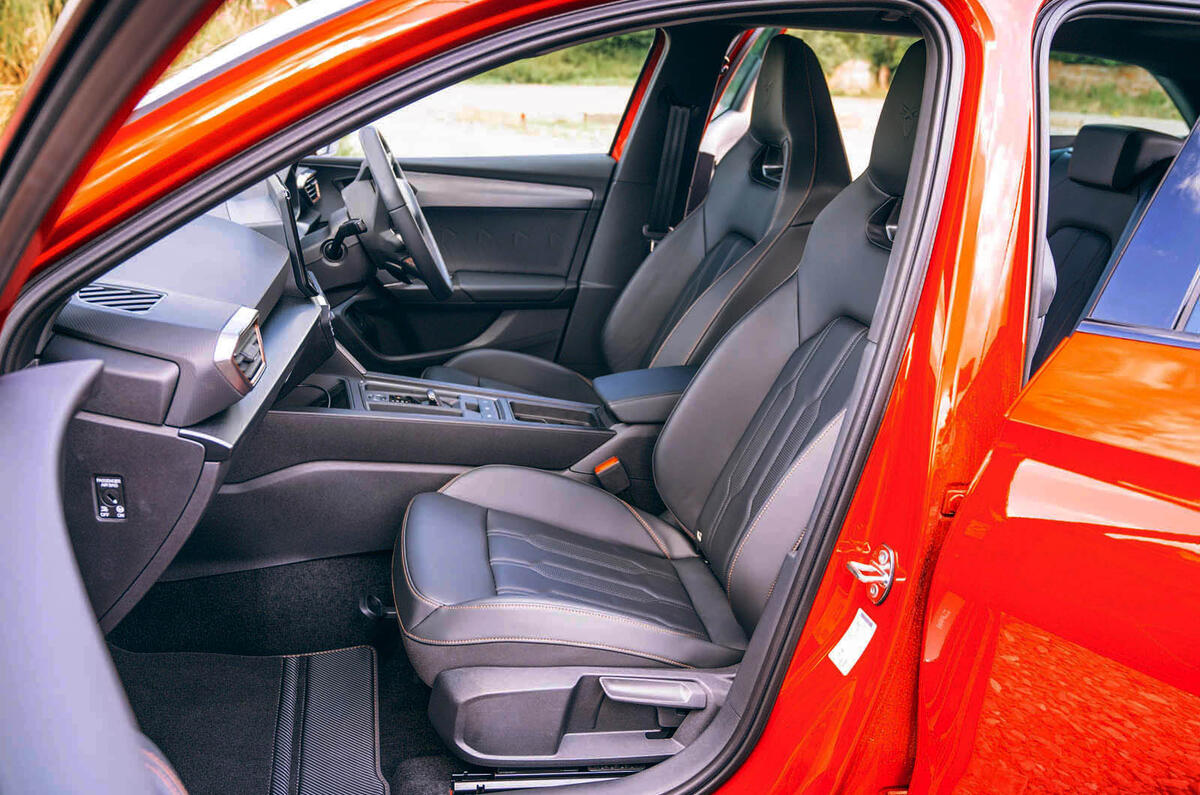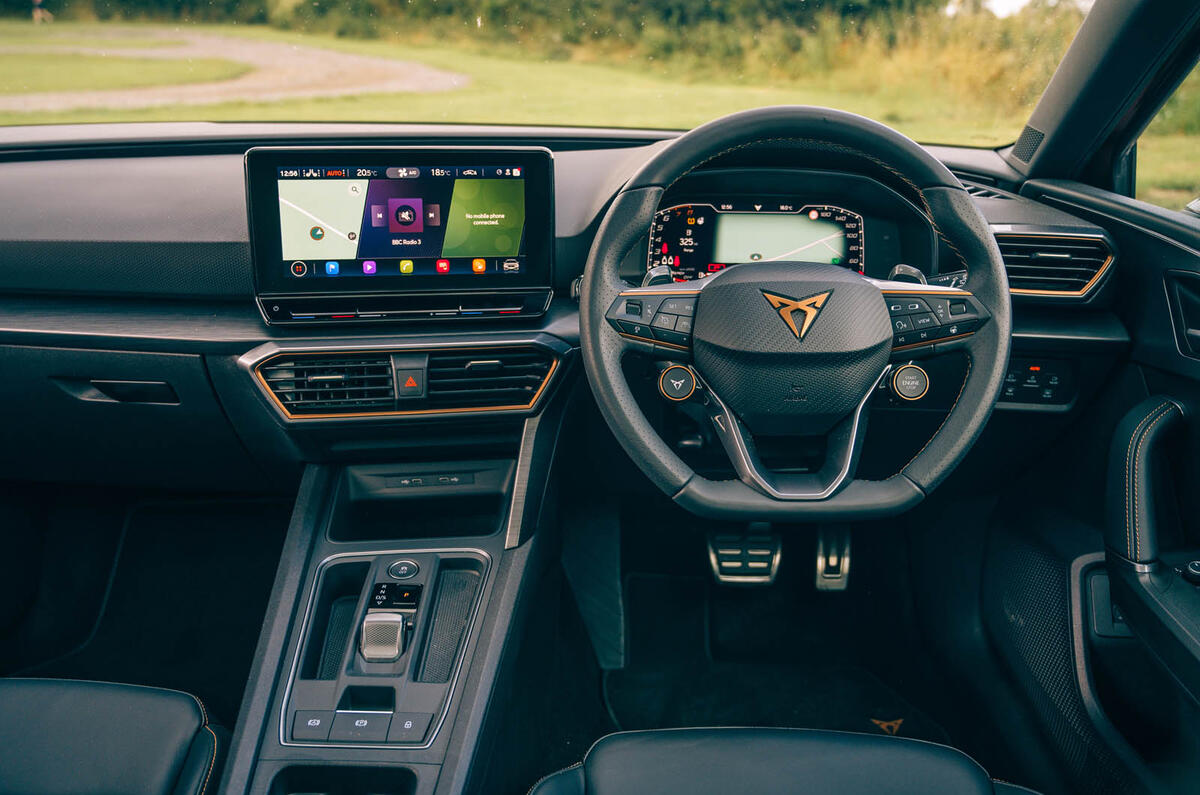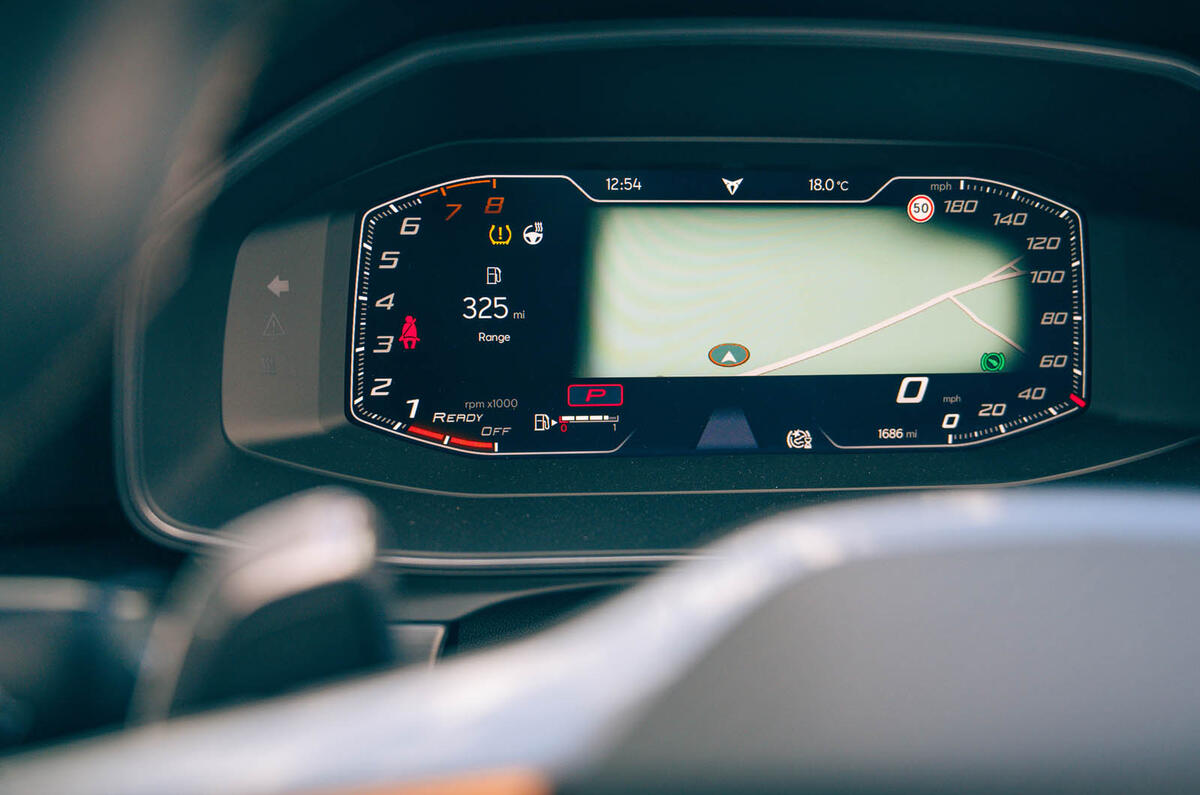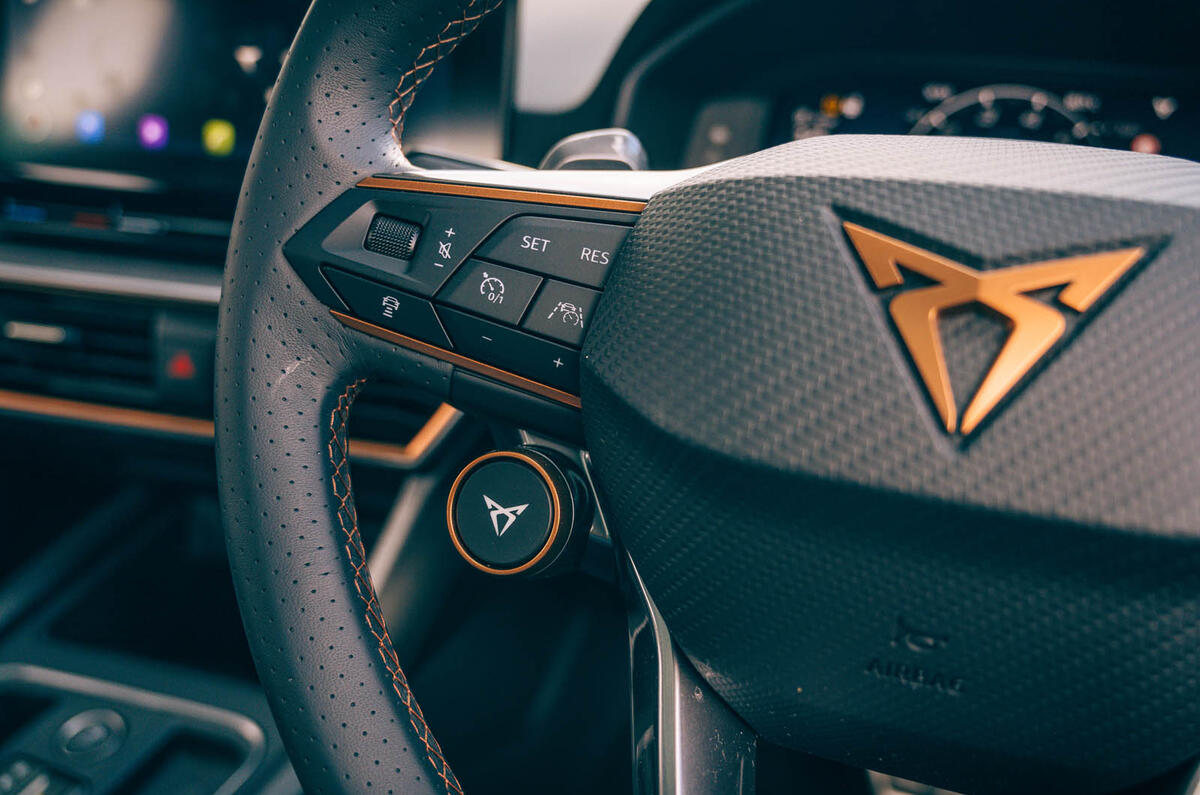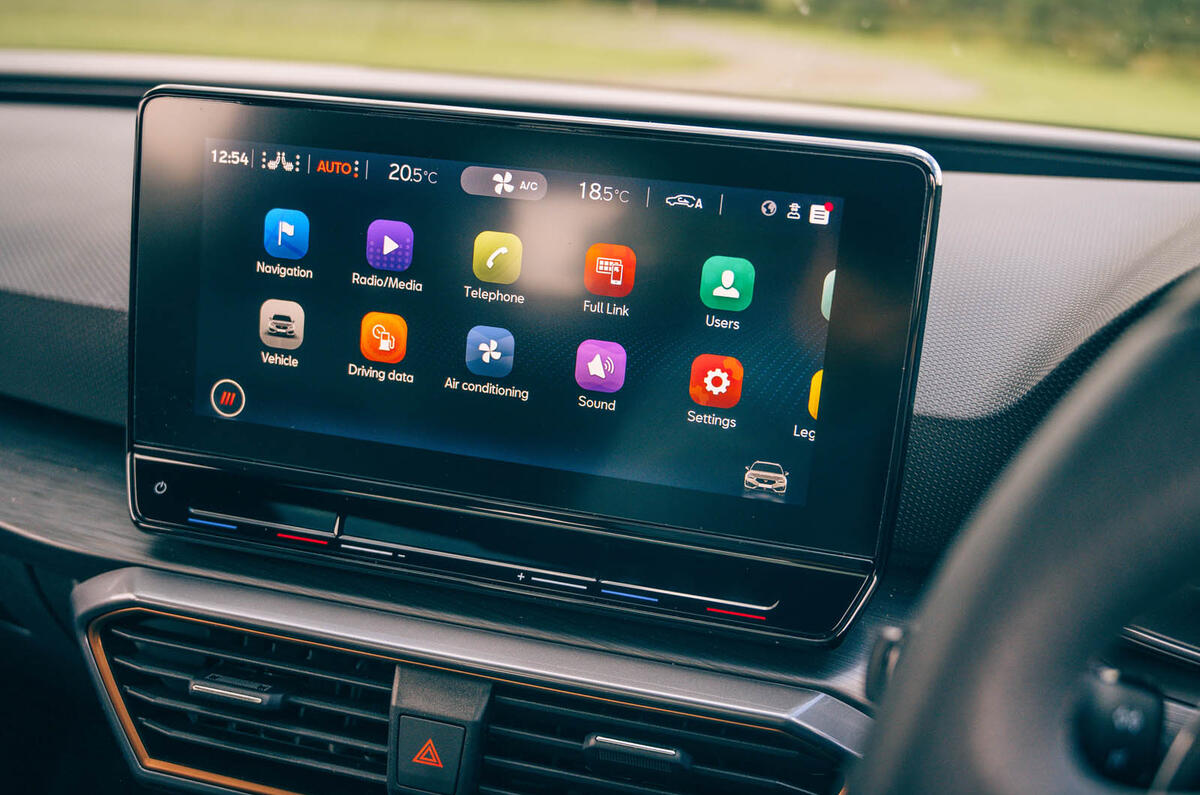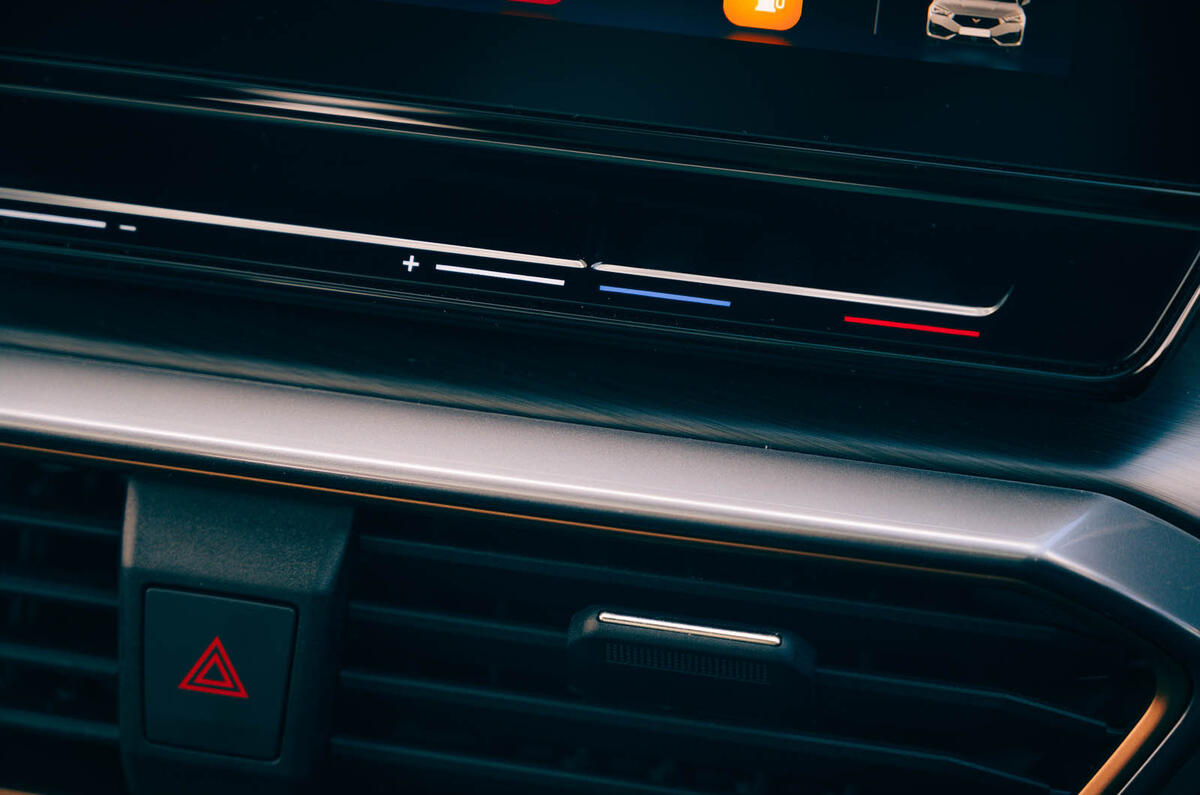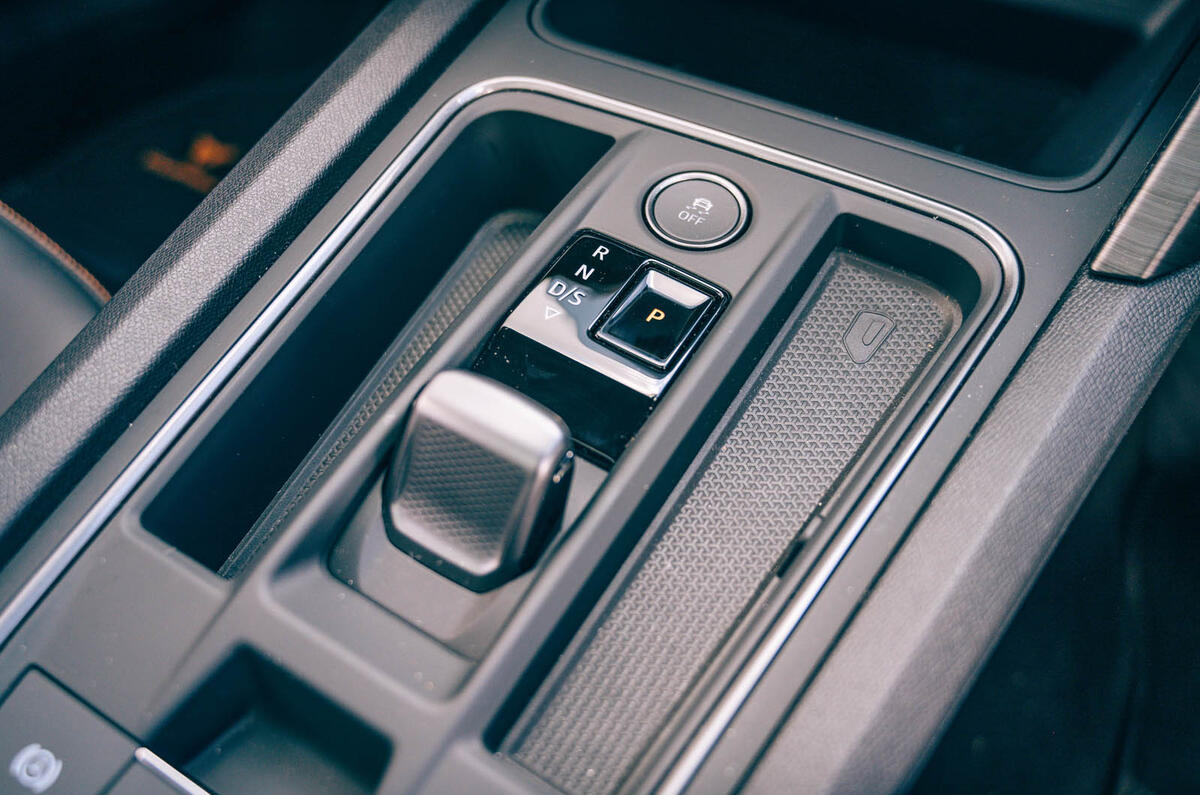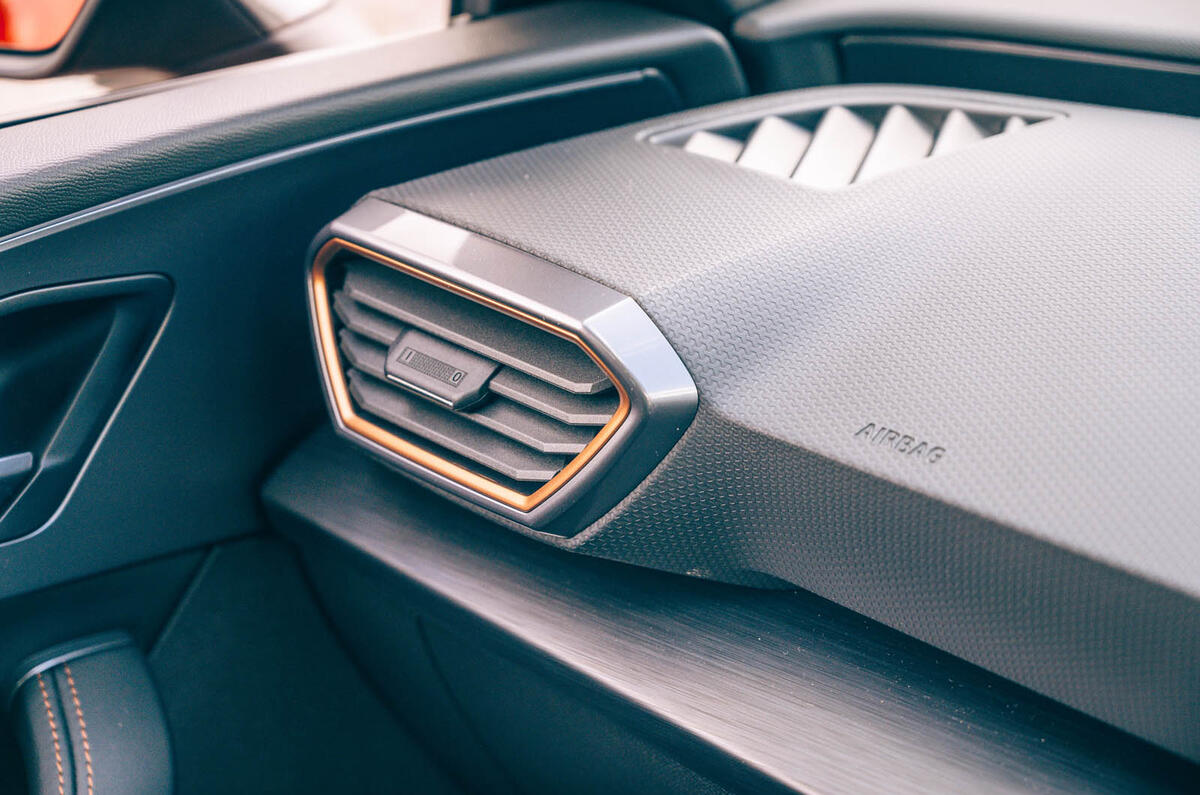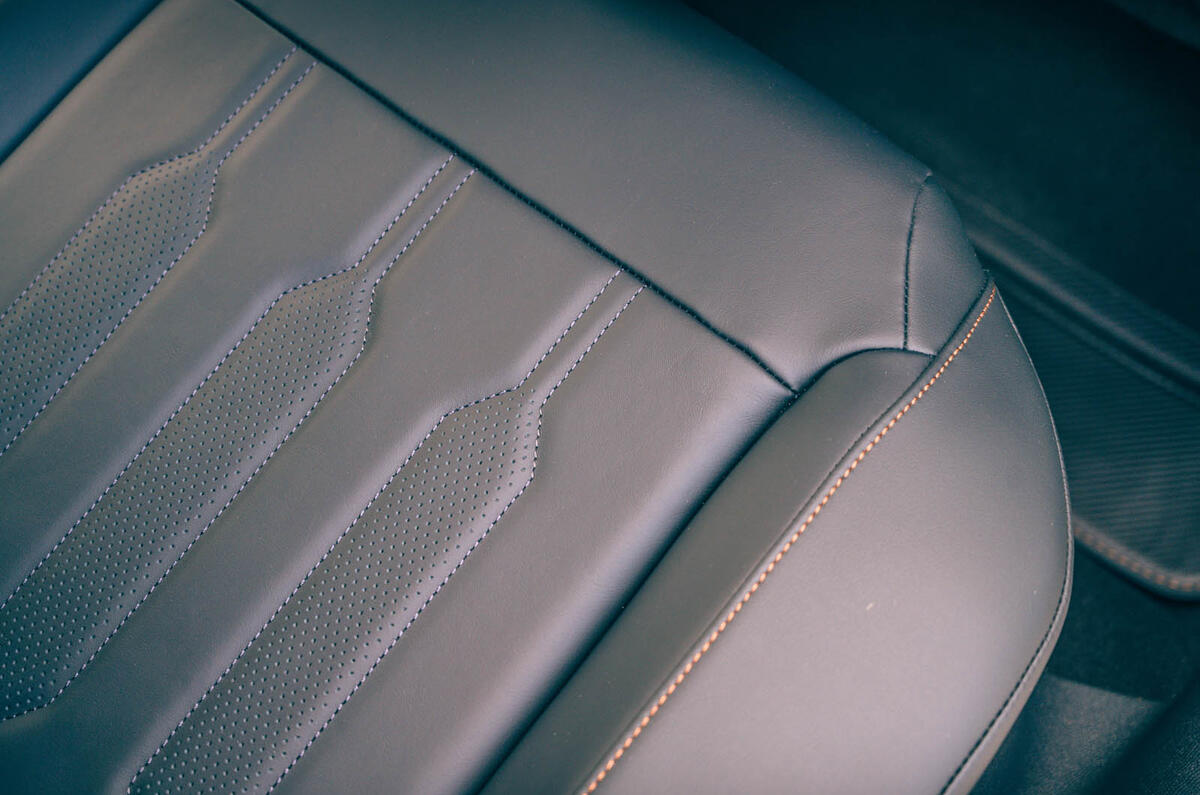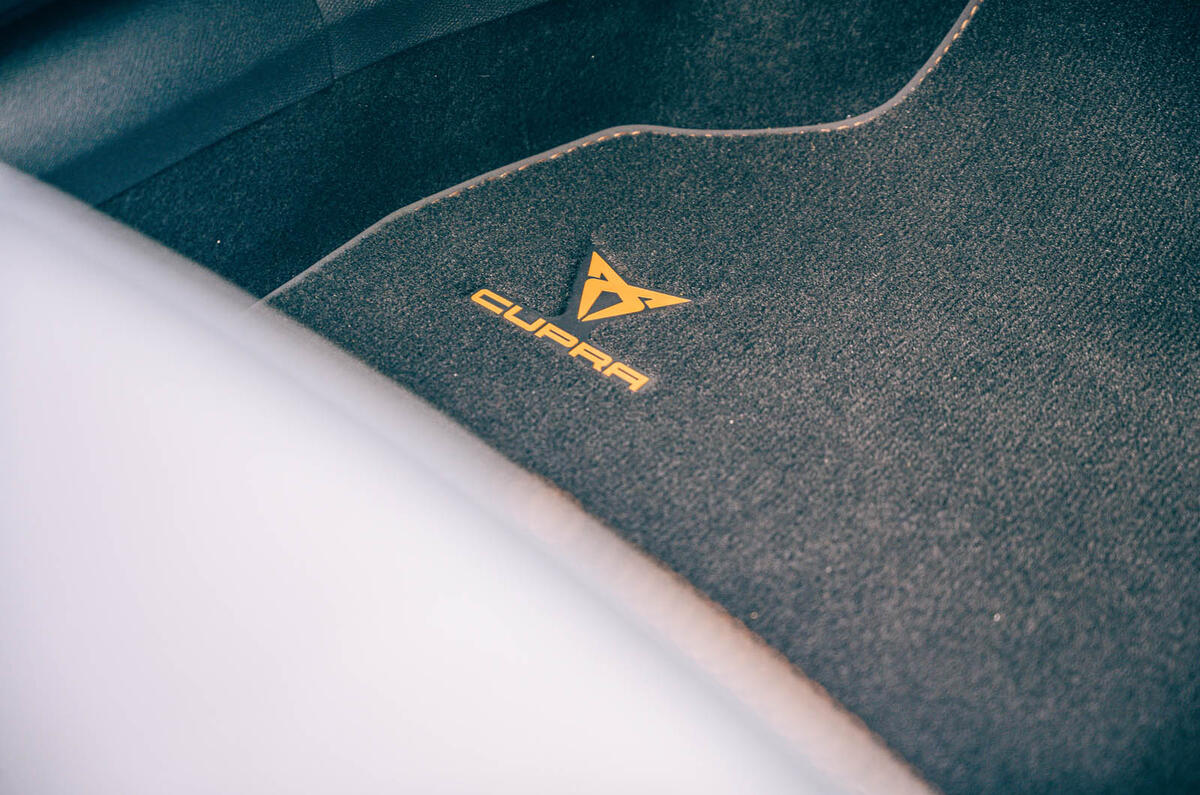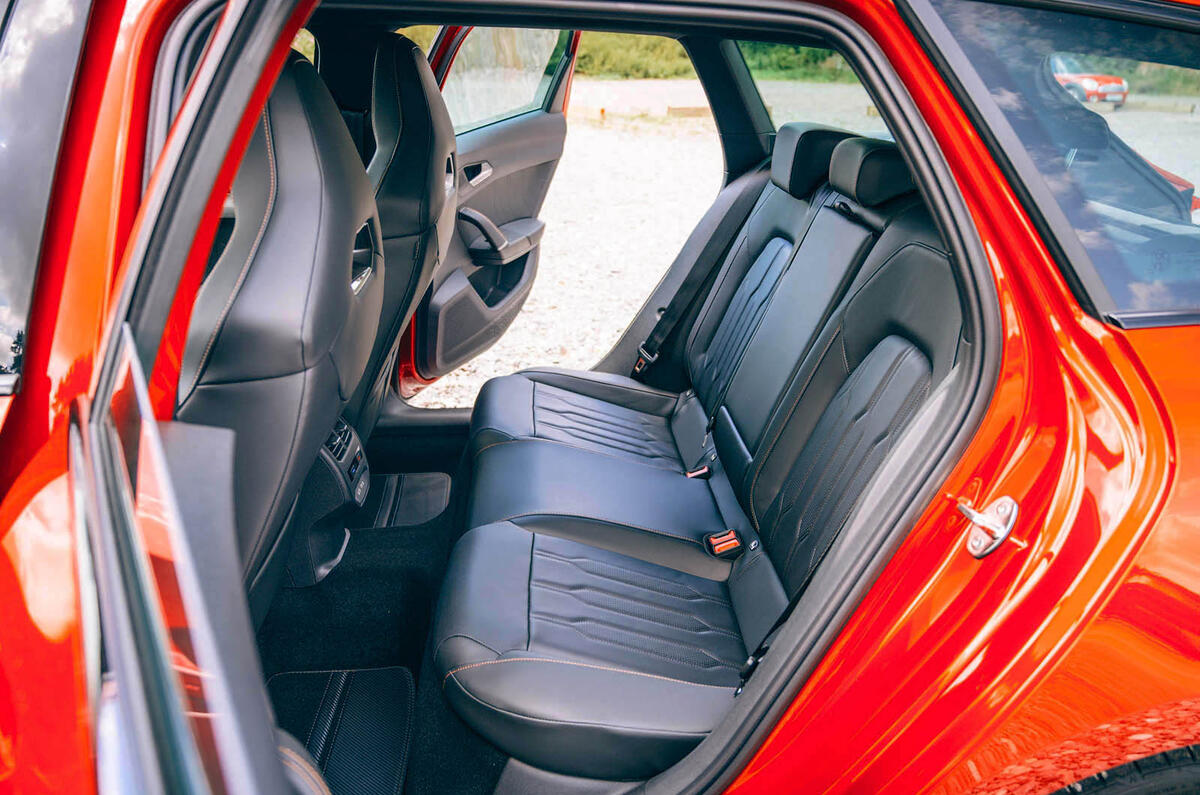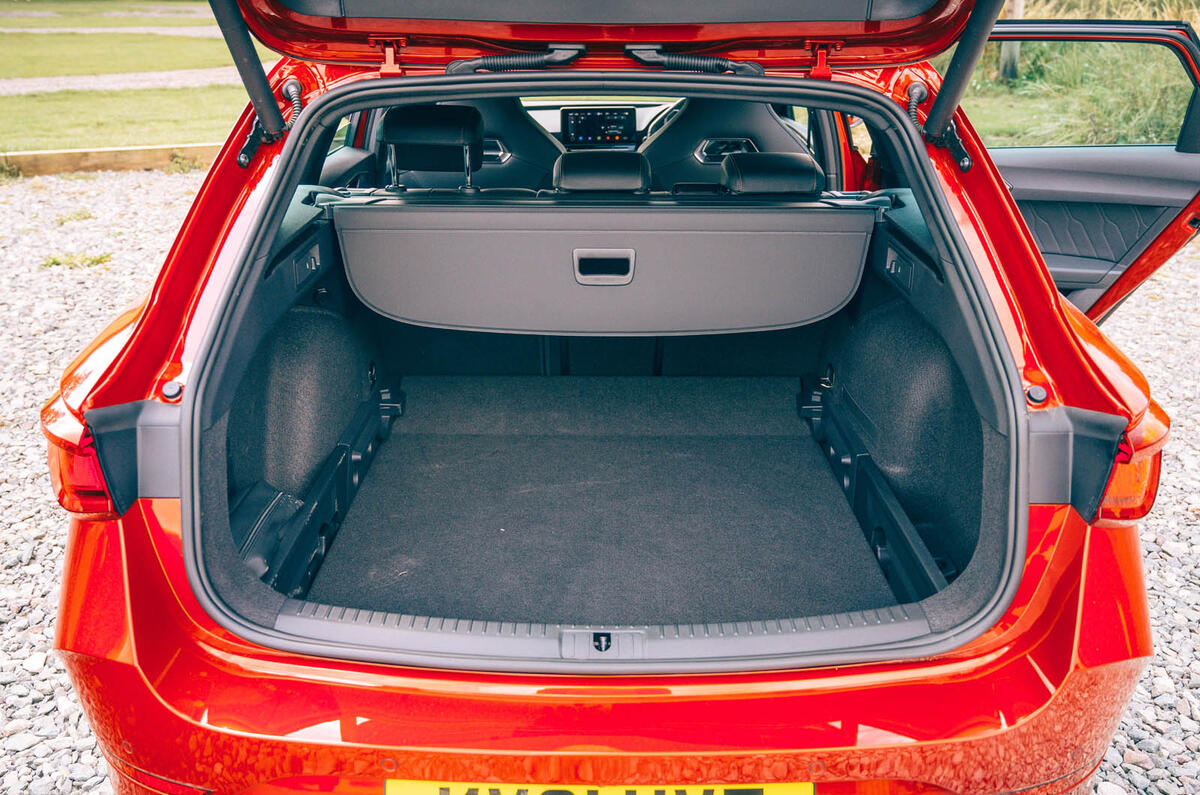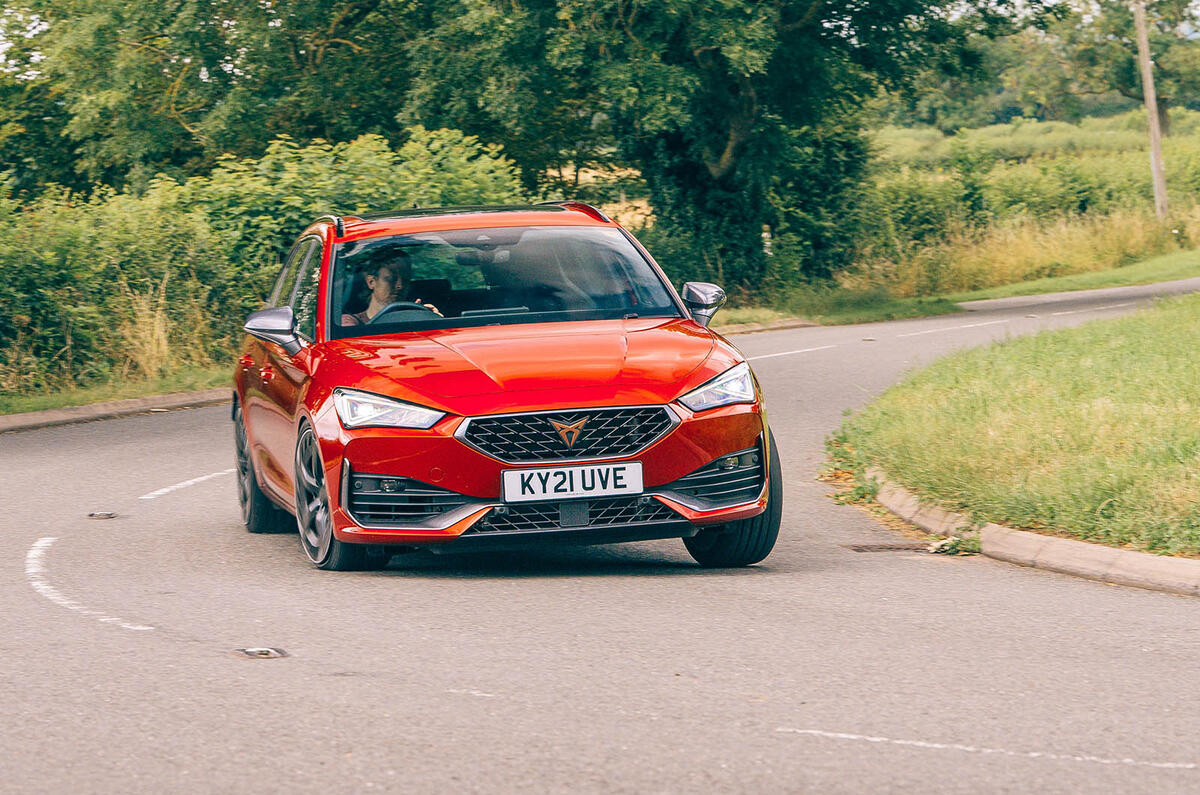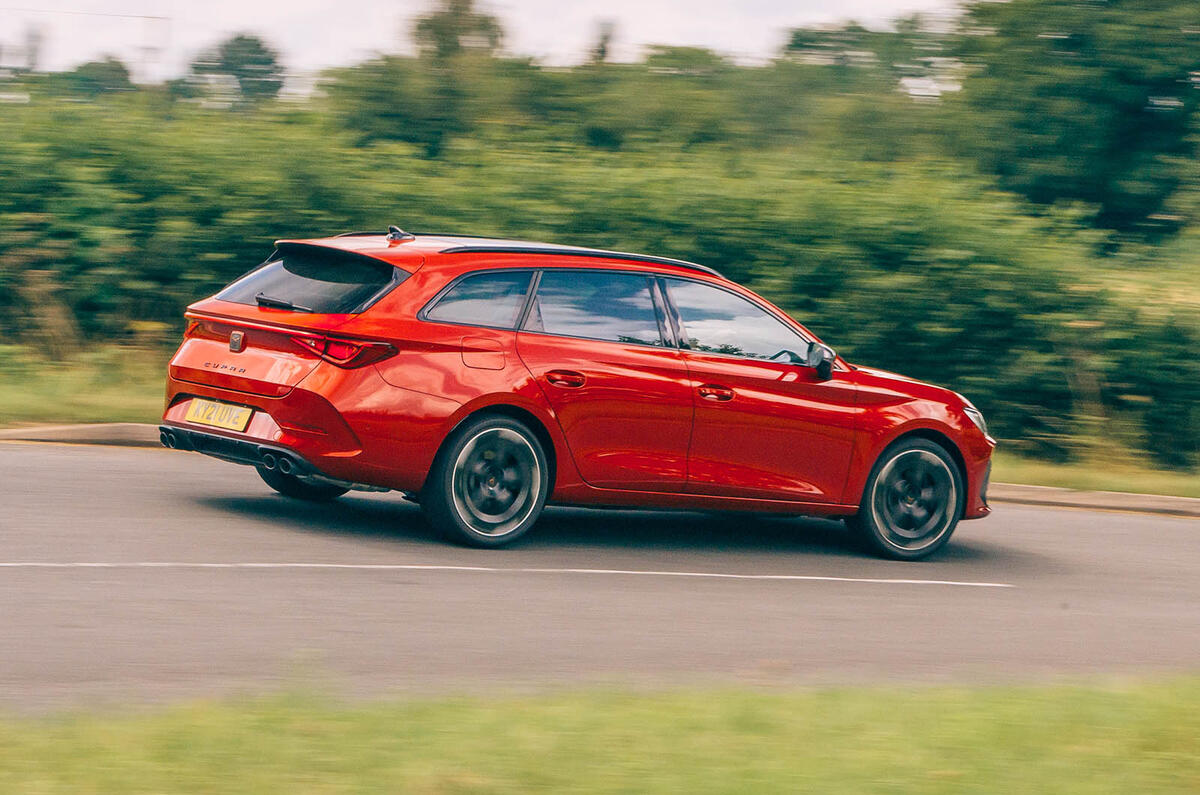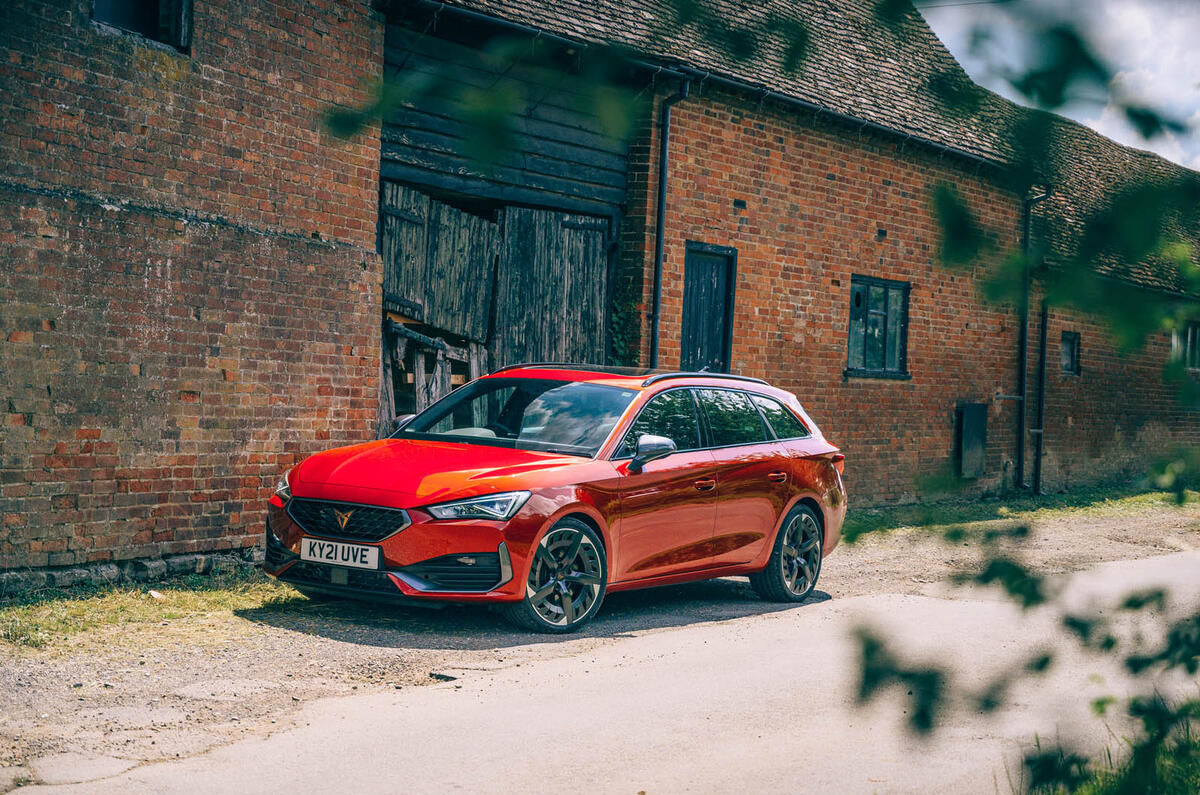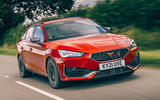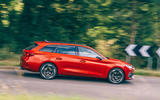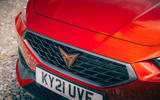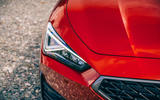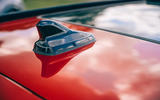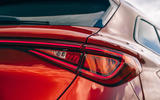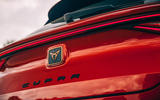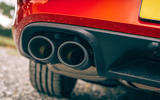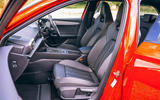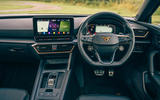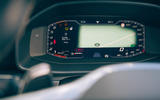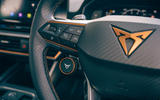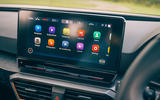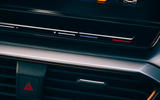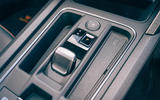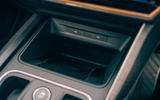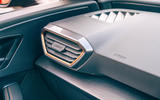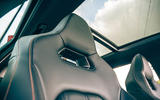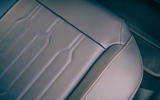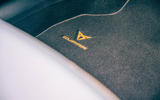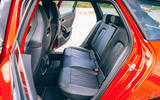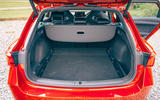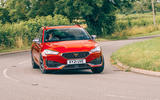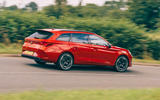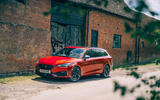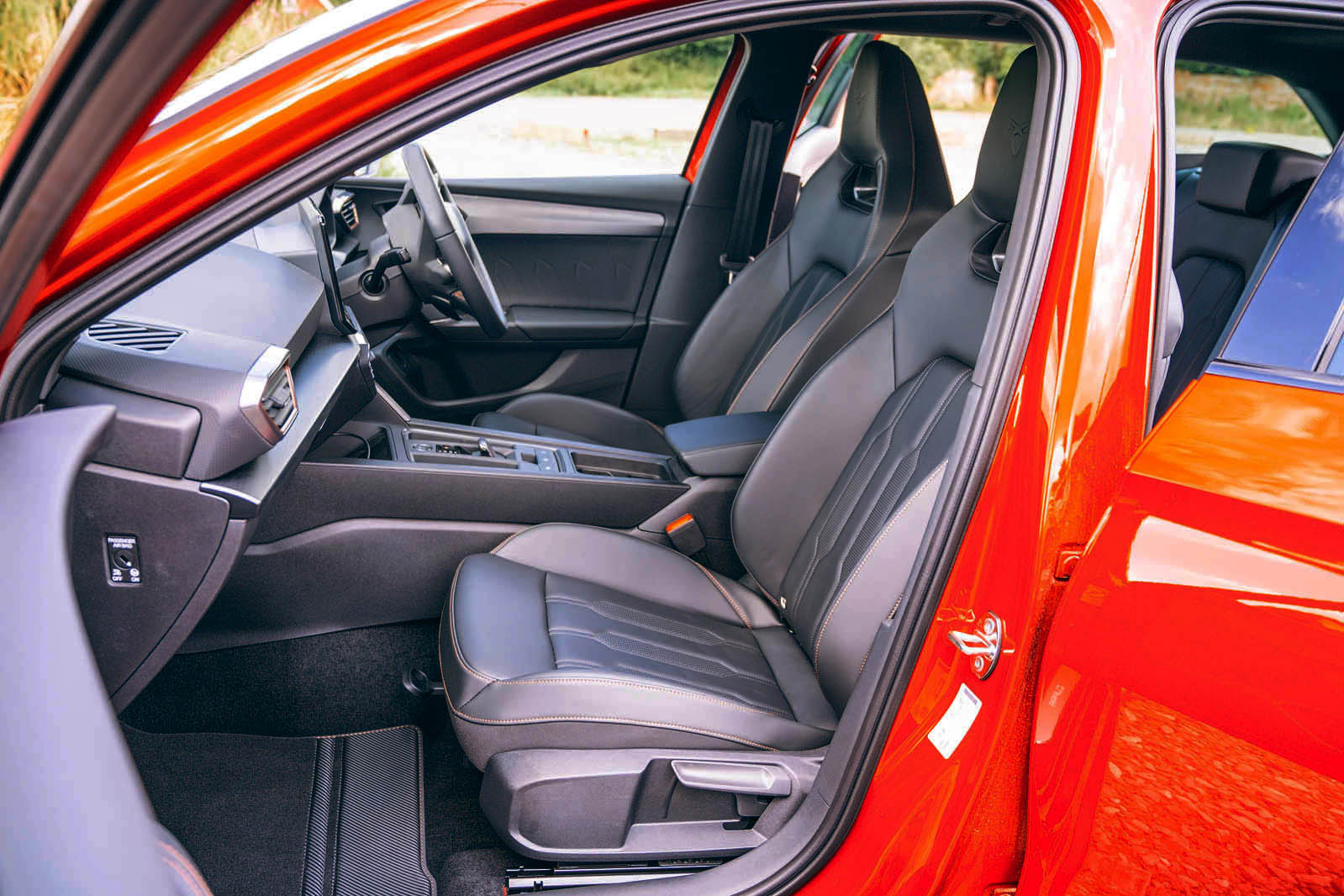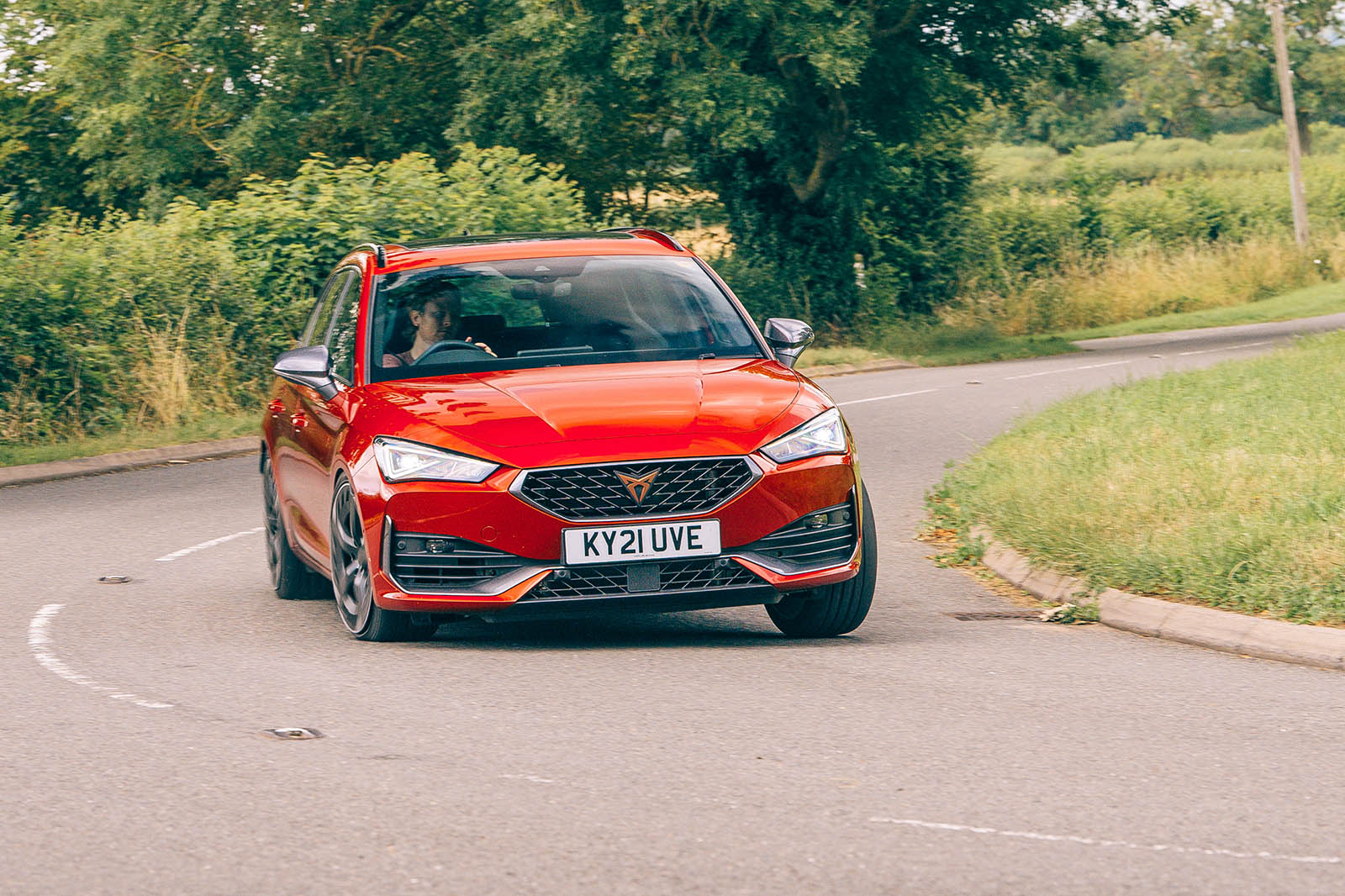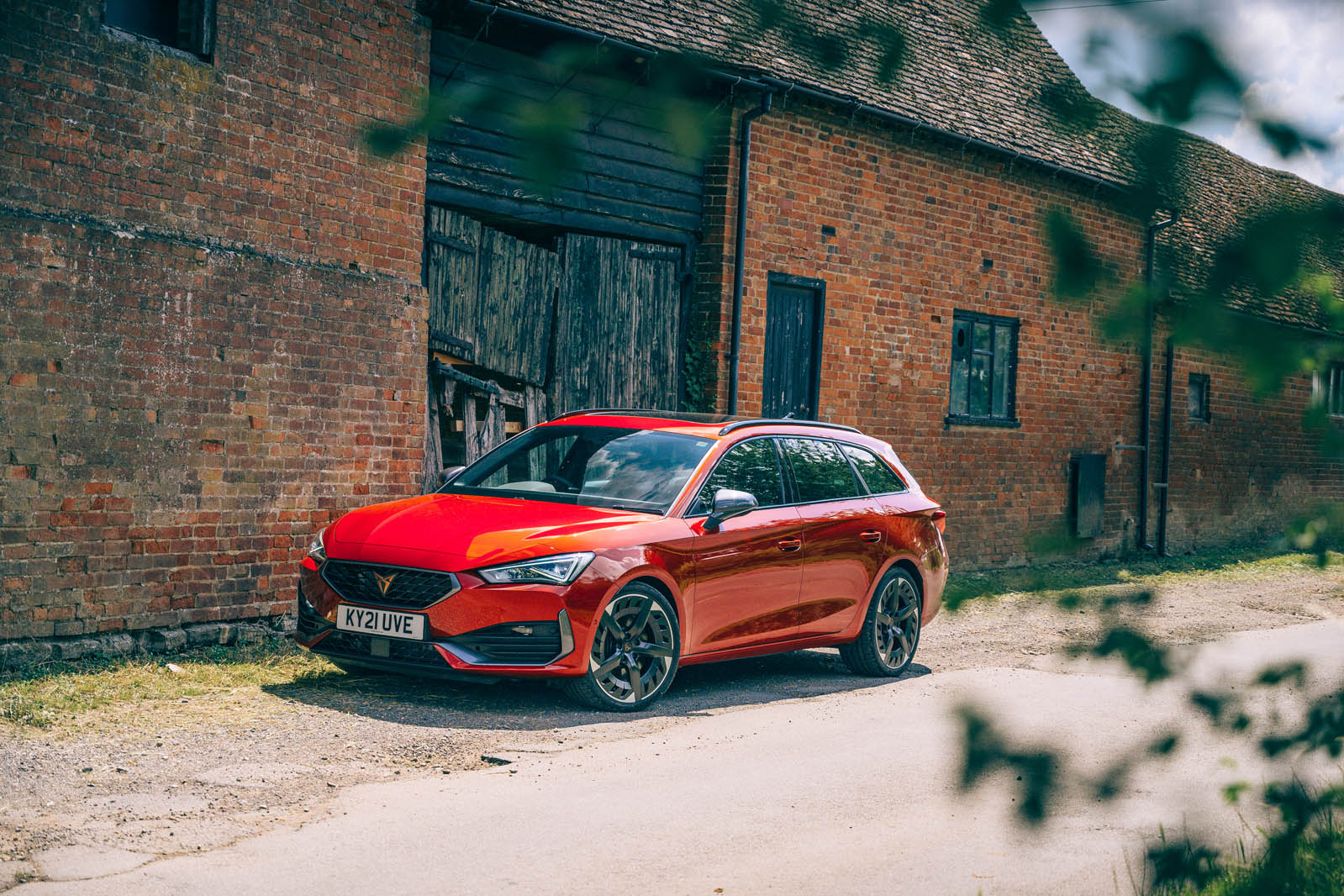Seat may languish at the bottom of the profitability table of the Volkswagen Group’s major brands, but its recent spin-off is doing considerably better.
Cupra, the erstwhile sporting sub-brand of Seat, was founded in 1985 and at times found itself competing in top-tier rally and touring car racing, but it has recently reinvented itself as a stand-alone entity with bold branding, fresh designs and no shortage of performance.
After an inauspicious start with the immensely quick Cupra Ateca hamstrung by its overly firm ride, the marque has found its feet. The car that best demonstrates what it’s all about is probably the rakish Cupra Formentor crossover, in halo VZ5 trim, which brings an Audi-sourced 385bhp five-pot engine and the same rear torque splitter you’ll find in the new VW Golf R.
Alas, that particular model will never make it to the UK, but Cupra’s lesser versions of the Formentor, along with its take on the Cupra Leon hatchback, are nevertheless proving popular. And for those who find the VW ID 3 too bland, the upcoming electric Cupra Born, which is built on the same architecture but offers more visual clout, ought to appeal. In short, Cupra is swimming, not sinking.
The subject of today’s road test harks back to the olden days of Cupra. The Cupra Leon Estate is the kind of car you could buy when Cupra was still to Seat what GTI is to Volkswagen. And that’s no bad thing. Some of those cars were very well executed, with huge performance that belied incognito looks, and security underwheel paired with real accuracy from the helm. Of course, in estate-bodied Seat Leon Cupra ST form, there was plenty of utilitarian appeal.


